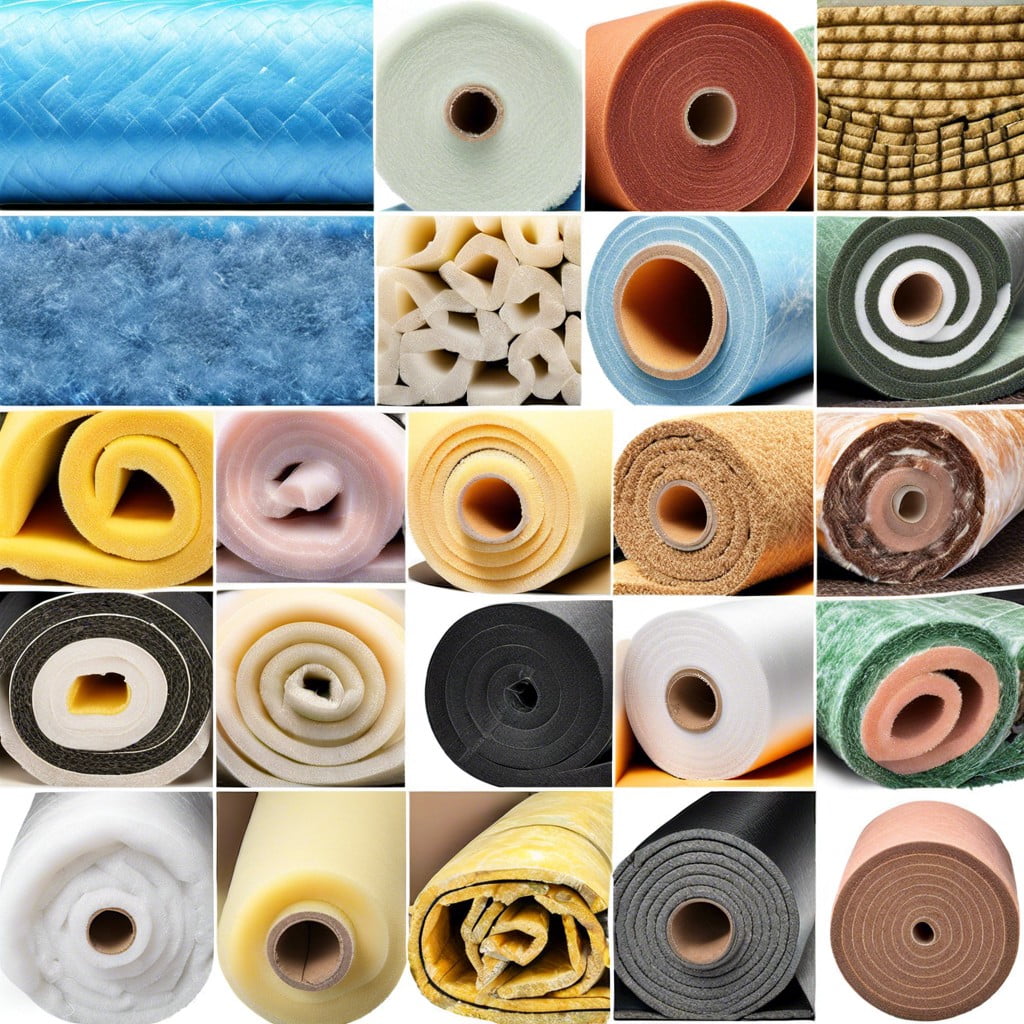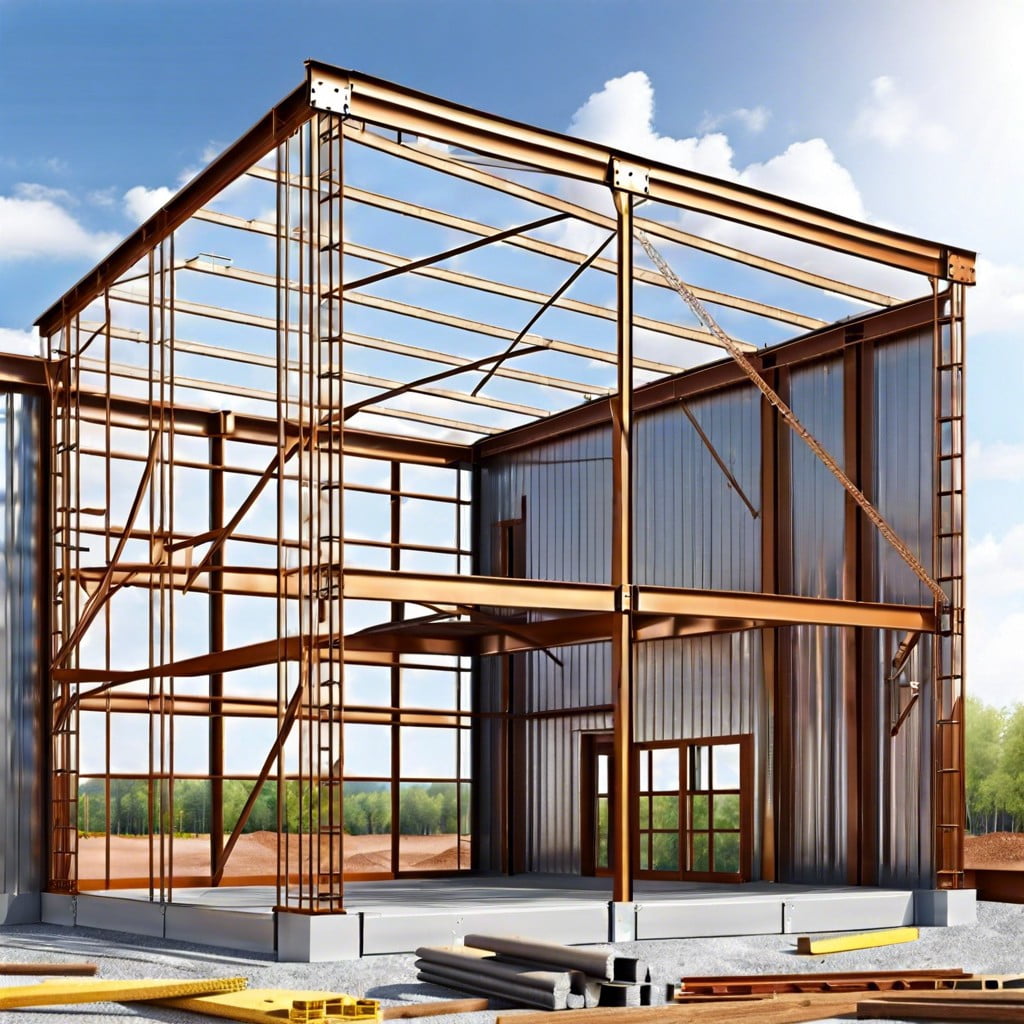Understanding how to insulate a metal pole building is crucial because it dramatically improves energy efficiency and creates a more comfortable interior environment.
Insulating a metal pole building can significantly improve its energy efficiency, providing a more comfortable environment while reducing heating and cooling costs. This process involves selecting the right insulation material, preparing the building, and installing the insulation correctly.
Whether you’re considering spray foam, fiberglass, or reflective insulation, each type has its unique installation methods and benefits. This article provides a comprehensive guide on how to effectively insulate your metal pole building, detailing every step of the process for each insulation type.
By the end, you’ll be equipped with the knowledge to make an informed decision and the skills to complete the task successfully.
Key takeaways:
- Insulation improves comfort, energy efficiency, and reduces heating/cooling costs.
- Insulation defends against external temperatures, improves energy efficiency, prevents condensation, and reduces noise.
- Plan insulation during design phase: determine thickness, design for insulation, consider insulation type, design for moisture control, and include slab/foundation insulation.
- Insulation thickness depends on location, size, intended use, and building codes.
- Fiberglass, foam, and cellulose are common insulation materials with varying benefits.
Understanding the Importance of Insulation for Metal Pole Buildings
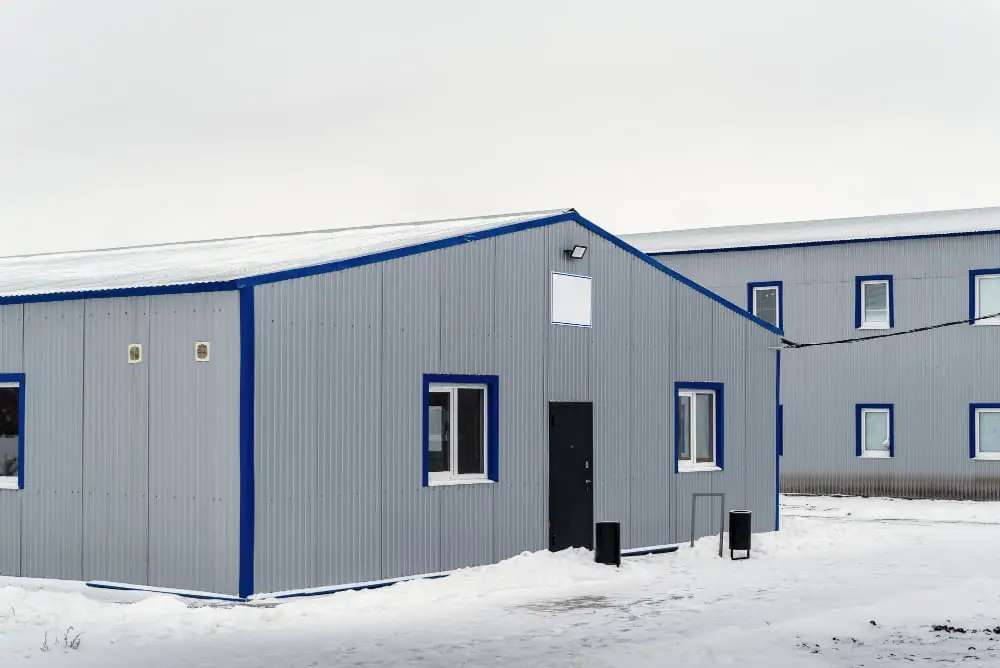
Insulation plays a key role in metal pole buildings for several fundamental reasons. Firstly, it ensures a controlled climate within the structure, defending against the external temperatures. This defense is invaluable in both scorching summers and freezing winters, keeping the interior comfortable despite outside fluctuations.
Secondly, energy efficiency becomes significantly improved with insulation, preventing the unnecessary loss of heat or cool air from the structure. This translates into reduced energy usage for heating or cooling, contributing to operational cost savings in the long run.
Thirdly, insulation in metal buildings aids in the prevention of condensation, which can lead to problems such as corrosion or mold. This helps maintain the integrity of the structure and promotes a healthier environment within.
Lastly, insulation contributes to noise reduction, creating a more conducive environment for work or other activities within the metal pole building. By buffering outside noises, insulation aids in the maintenance of a more peaceful interior.
Planning for Insulation During the Design Phase of a Metal Pole Building

When designing a metal pole building, insulation should be a top priority. It is essential not just for comfort, but also for energy efficiency and structural integrity.
1. Predetermine Insulation Thickness: This enables accurate budgeting and design specifications. It should be in line with the intended use of the building and local building regulations.
2. Allow for Insulation in Design: The building design should account for insulation, specifically with regards to wall and roof thickness. Tight-fitting panels and connections should be designed to accommodate the chosen insulation thickness.
3. Consider Insulation Type: The insulation type, either fibreglass, foam, or cellulose, will affect project cost, installation time, and future energy costs. It’s important to research and choose the best type for your needs during the design phase.
4. Design for Moisture Control: Moisture and condensation can lead to structural damage over time. Implementing design elements, such as adequate ventilation and vapor barriers, ensures moisture is controlled.
5. Include Slab or Foundation Insulation: Not to be overlooked, a well-insulated slab or foundation significantly improves the overall energy efficiency of a metal pole building. Be sure to include it right at the design phase.
Remember, making insulation an integral part of the design plan establishes a sturdy, energy-efficient, and comfortable metal pole building.
Identifying the Suitable Insulation Thickness for a Metal Pole Building
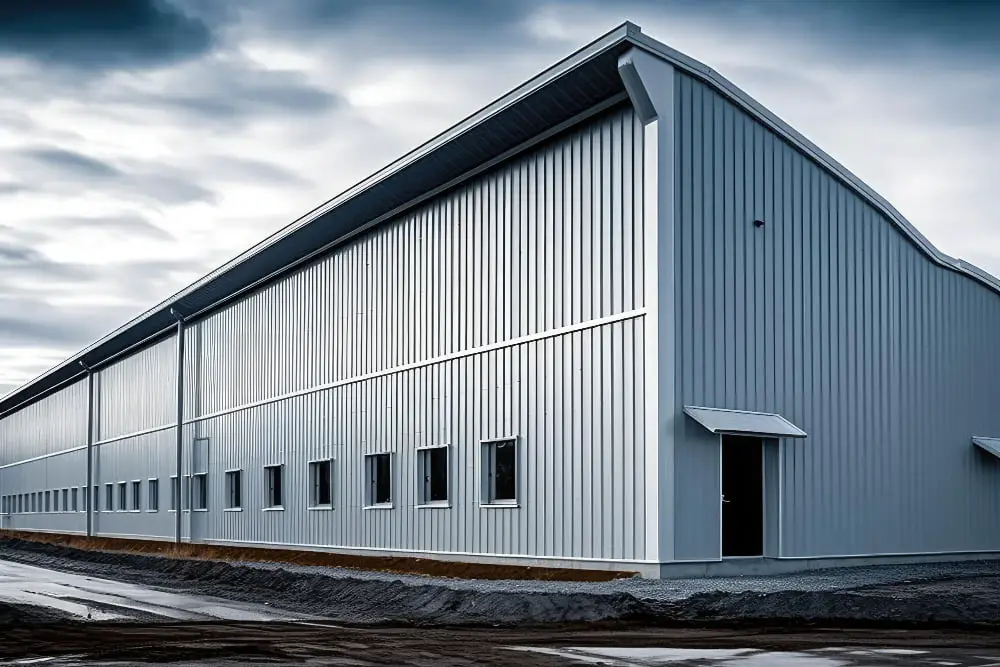
To determine the correct insulation thickness, factors such as the building’s location, size, and intended use must be taken into account. For example, a structure in a colder climate necessitates higher R-values, meaning thicker insulation, for optimal thermal performance.
R-value measures the insulation’s resistance to heat flow. Higher R-values translate to greater insulating power. In typical metal pole buildings, the R-value should range between R-10 to R-25.
The building size also influences insulation decisions. Larger buildings may require more insulation, especially in expansive roof areas.
Furthermore, the purpose of the building matters. If you are insulating a workshop where temperature control is essential, a higher R-value might be necessary. However, for a storage shed, a lower R-value could suffice.
Lastly, local building codes often provide established guidelines on recommended insulation thicknesses. Checking these directives ensures you not only create a thermally comfortable space but also stay compliant with regulations.
Comparing Insulation Materials: Fiberglass, Foam, or Cellulose
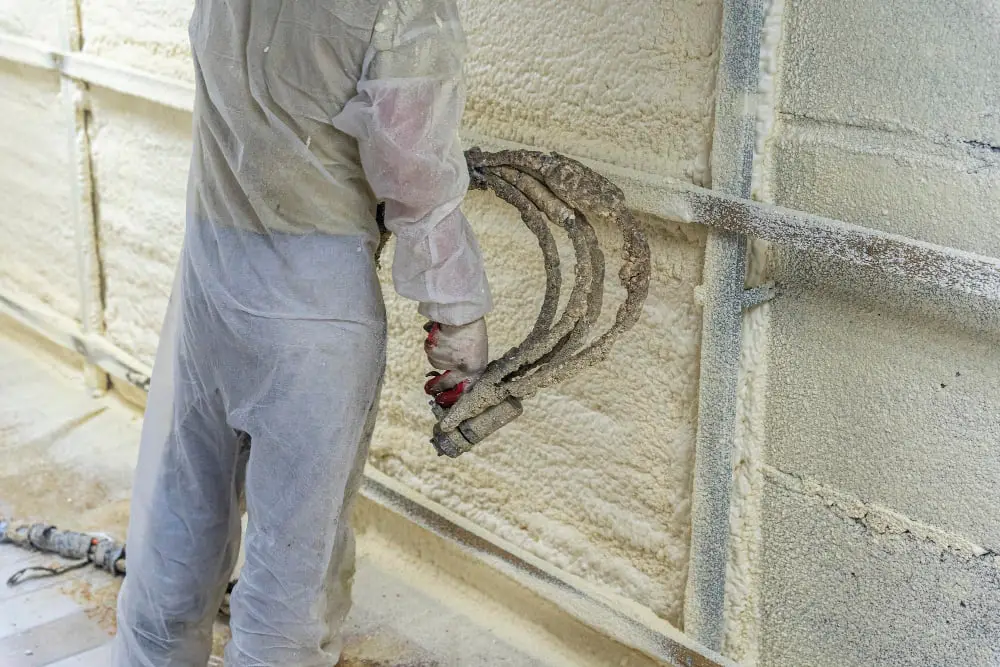
When it comes to options for insulation materials, there are three common choices that come to mind: fiberglass, foam, and cellulose.
Fiberglass is a popular choice due to its affordability and ease of installation. However, it requires a vapor barrier to prevent moisture problems, and it’s not as thermally efficient as other options.
Foam insulation, either spray or rigid panels, is an excellent option. Despite being slightly more expensive, it provides superior thermal resistance, fills gaps and takes shapes easier, and doesn’t require a separate vapor barrier. It’s particularly useful in challenging areas like corners and edges.
Cellulose is another solid option, particularly in terms of environmental sustainability. Made from recycled paper, it’s a greener option, although it’s less efficient than foam and could absorb moisture, affecting longevity if not properly handled.
Each of these materials has its strengths and weaknesses. The choice depends largely on factors such as your budget, the local climate, and specific needs of the building.
Addressing Moisture and Condensation Within Metal Pole Buildings
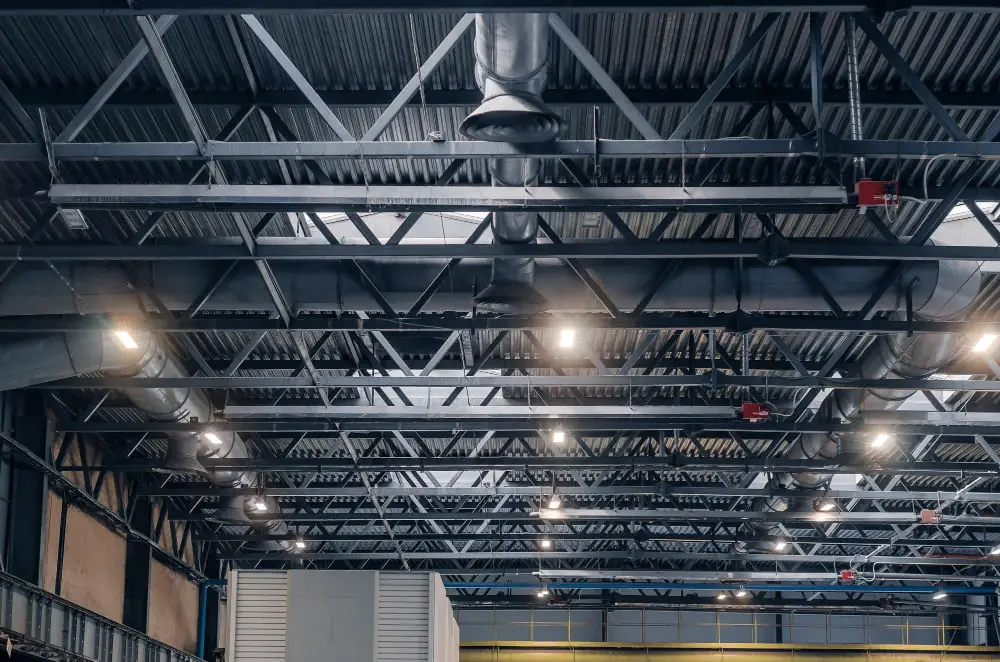
Condensation – that tricky foe that can lead to rusting over time – is a common challenge faced in metal pole buildings. A strategy to deal with it proactively prevents moisture-related damage and ensures durability.
1. Utilize proper insulation: Quality insulation plays a dual role, keeping the building warm in cold weather and cool in hot weather, and drastically reducing moisture from condensation.
2. Ventilation is vital: Having a well-planned ventilation system can significantly prevent moisture build-up. Ensure proper airflow, and humidity levels will naturally stay balanced.
3. Use vapor barriers: A vapor barrier, applied on the warm side of the insulation, obstructs the path of warm, moist air preventing it from reaching cooler surfaces inside the building.
4. Consider the roof: Choose a roofing system designed to deal with condensation effectively. For instance, the standing seam metal roof has a concealed fastener system that curtails the likelihood of leaks.
Being mindful of these tips can go a long way in maintaining the structural integrity of your metal pole building.
Exploring Alternative Solutions for Condensation Control in Metal Pole Buildings
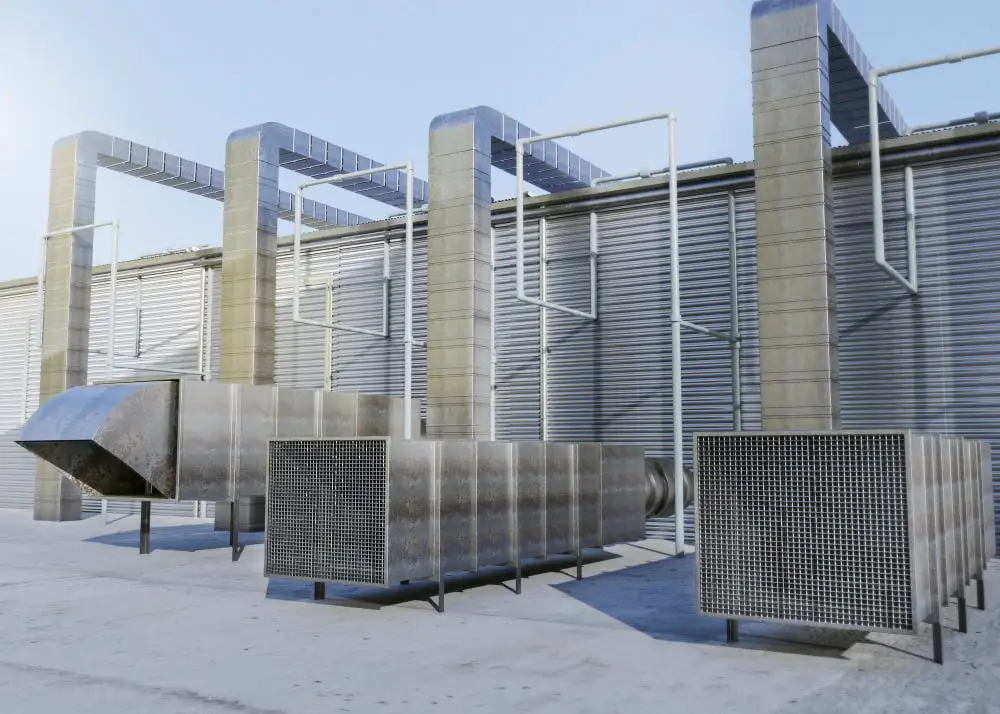
Firstly, a vapor barrier is an essential tool in preventing condensation in metal pole buildings. Typically made from plastic or foil sheets, vapor barriers are installed over the insulation in your building’s walls and roof to stop moisture from seeping in. Sizeable metal building projects may sometimes use a product like a vapor-retarding paint as an additional measure.
Secondly, consider using a dehumidifier, particularly in damp climates or underground spaces like basements. While not entirely preventative, this device can drastically reduce the amount of moisture inside the building, thereby limiting the chance of condensation.
Lastly, proper ventilation is crucial. Ensuring a consistent airflow can help regulate the temperature inside the building and reduce the likelihood of condensation. This could involve the installation of simple vents, more sophisticated HVAC systems, or even just regular usage of doors and windows to let fresh air circulate.
Moreover, remember to regularly check and maintain these systems. A poorly functioning ventilation or dehumidifier system can often do more harm than good, allowing moisture to build up unnoticed.
Considering Slab or Foundation Insulation for Enhanced Overall Insulation in Metal Pole Buildings
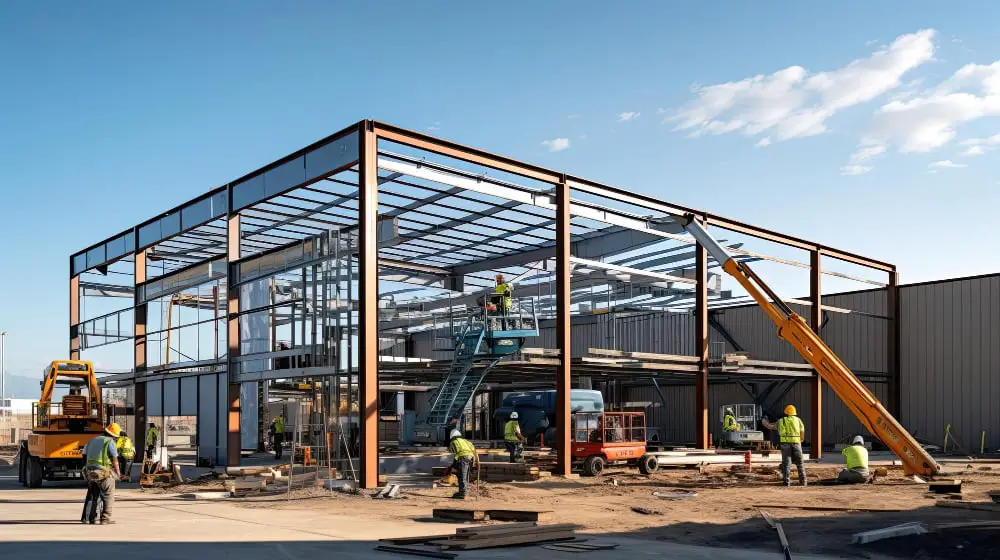
When it comes to enhancing the thermal performance of your metal pole building, do not overlook the significance of insulating the slab or foundation. This often-neglected area can have a major impact on the overall temperature regulation.
Insulating the slab provides an uninterrupted thermal barrier, preventing cold and heat transfer from the ground. This also aids in saving energy costs in the long run.
There are three common methods of insulating slabs:
- Installing rigid foam insulation boards under the slab during the construction stage.
- Encasing the edges of the slab with insulation, either on the interior or exterior.
- Deploying insulated concrete forms which pair concrete between two layers of insulation material.
Each method offers its own advantages, so it’s crucial to choose the one that best aligns with your building’s requirements and climate conditions. Always consult with a professional before making a choice, to ensure it complements your building design.
FAQ
What is the best way to insulate a metal pole building?
The optimal method to insulate a metal pole building is by using fiberglass batts and spray foam.
What is the cheapest way to insulate a pole building?
The cheapest way to insulate a pole building is by using fiberglass, due to its light weight and commonality as the lowest cost insulation option.
What is the best way to insulate a pole building?
The optimal method for insulating a pole building is by using a closed cell rigid insulation board, specifically Closed Cell Foil Faced EPS or Closed Cell Polyiso, due to their superior R-Value per dollar spent.
How do you insulate a pole barn cheaply?
To insulate a pole barn affordably, one can utilize fiberglass insulation, which is less expensive compared to other materials, and its installation can be easily managed by experienced do-it-yourself homeowners.
Which insulation materials are most effective for a metal pole building?
Fiberglass, radiant barrier, and spray foam are the most effective insulation materials for a metal pole building.
How does the installation process vary for different types of insulation in pole buildings?
The installation process varies for different types of insulation in pole buildings, with blanket insulation requiring stapling to the frame, rigid board insulation necessitating being cut to fit and glued, and spray foam insulation requiring specialized equipment for application.
What are the consequences of not properly insulating a metal pole building?
Improper insulation in a metal pole building can result in increased energy costs, condensation build-up, temperature instability, and potential damage to stored goods or interior structures.
Recap



